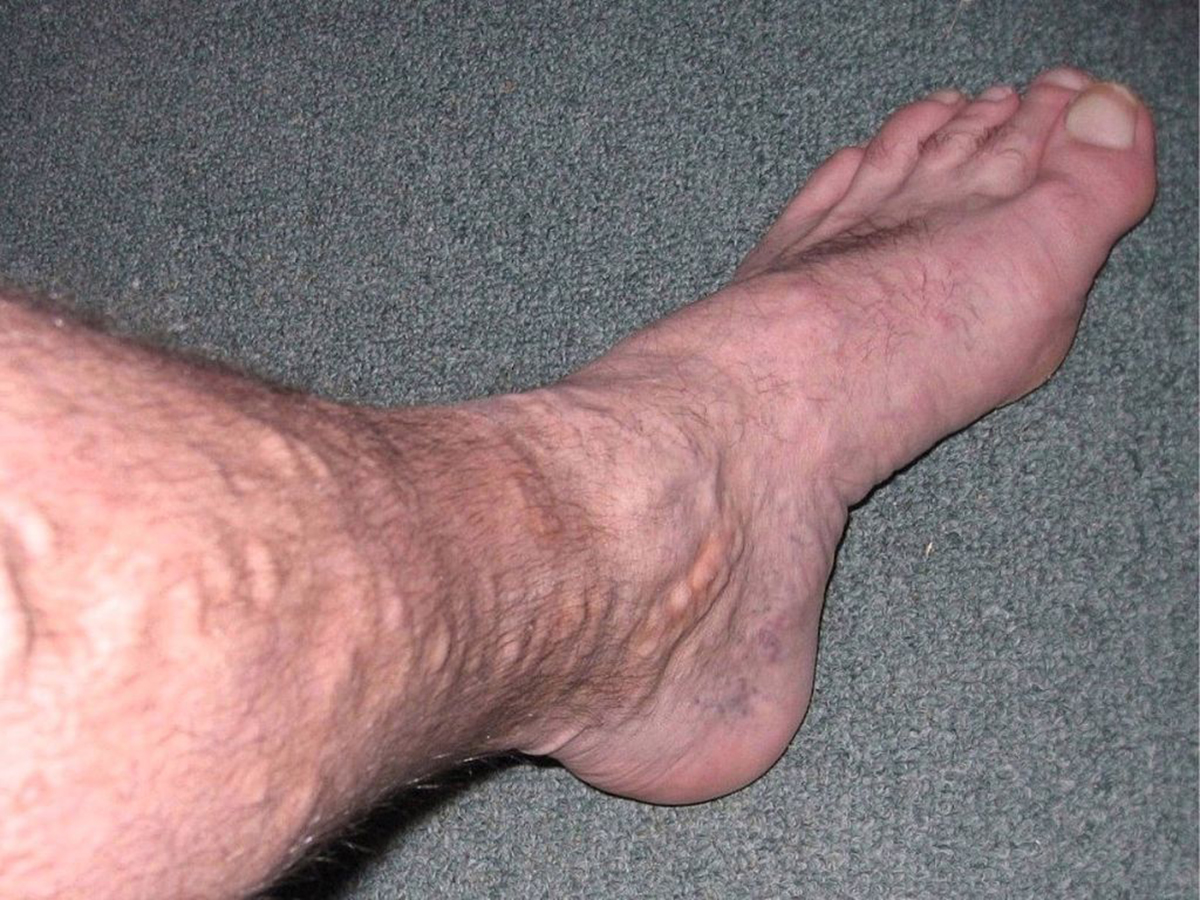Table of Contents
You probably know that varicose veins are ugly, can hurt, and that anyone who has them would prefer to be rid of them. You're not likely to look much further beyond that unless you develop them yourself, though. Here's a primer for anyone who just noticed what looks like a varicose vein, and for those who are simply curious.

Why Varicose Veins Appear, And Who Is At Risk
Varicose veins are swollen, enlarged and twisted veins. Healthy veins transport blood back to the heart smoothly, and tiny valves make sure blood can only flow one way. Varicose veins are defective veins. They develop when these valves stop functioning properly. Instead of flowing right to the heart, the blood can move backwards and build up inside a vein. This build-up of blood causes the vein to swell and twist.
Any vein can become varicose, but varicose veins have a tendency to affect legs and feet. That's because this area of the body bears a lot of weight. Varicose beings may be blue or purple in appearance, and patients can see and feel these nasty fellows because they are close to the skin's surface.
While varicose veins can strike anyone, there are risk factors. These include being older, pregnant, and obese. Women are more likely to develop varicose veins than men, and around a third of all adults will get them during their lifetimes. There's also a genetic component. People who have close relatives with varicose veins are more likely to develop varicose veins themselves.
Unfortunately, varicose veins can also point to underlying circulatory problems and some people experience unwelcome symptoms.
The Tale-Tale Signs
Symptoms vary from person to person. People who have them may simply notice ugly, blue or purple veins — usually in their legs or feet. These veins may have a twisted, snake-like appearance as well, and they may noticeably bulge out from underneath the surface. If the symptoms end there, the patient is lucky.
See Also: Treatment For Veiny Hands
In rarer cases, skin ulcers may appear around the varicose veins. This can point to serious problems and warrants medical attention. Spider veins, meanwhile, are varicose veins' little brothers. They pop up really close to the skin's surface and may be red or blue in color. These veins aren't going to cause any symptoms besides a change in appearance.
- Photo courtesy of Lakeland1999 by Wikimedia Commons : en.wikipedia.org/wiki/File:Leg_Before_1.jpg
- Photo courtesy of Lakeland1999 by Wikimedia Commons : commons.wikimedia.org/wiki/File:Leg_3_days_after_operation.jpg


Your thoughts on this